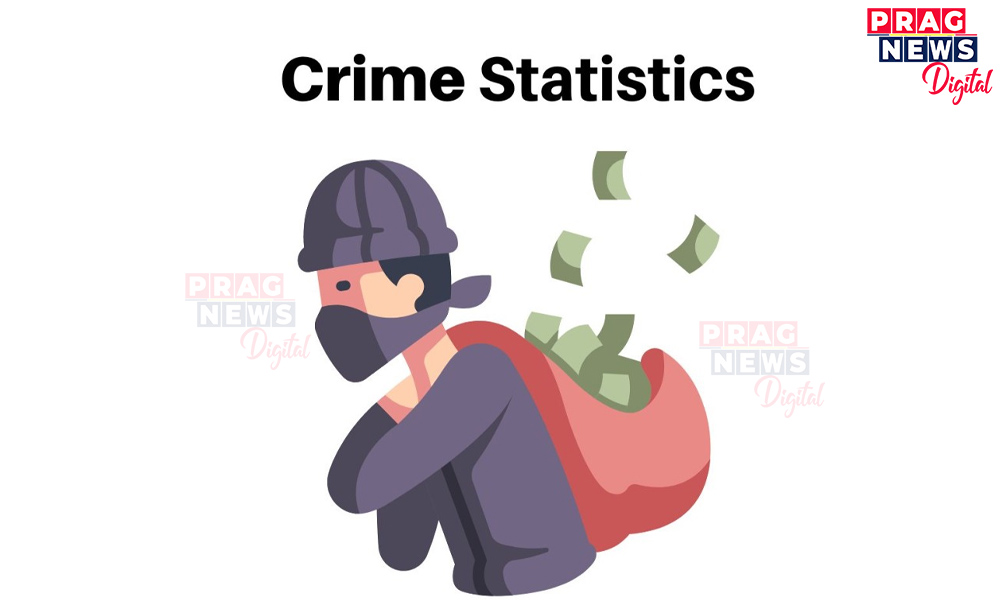A hybrid solar eclipse is a unique type of eclipse that occurs just once every century. According to NASA, hybrid eclipses go from annular to total due to the curvature of our planet.
Digital Desk: The world will witness a unique astronomical event: a hybrid
solar eclipse. It occurs when a total eclipse and an annular solar eclipse both
occur at the same time.
When the moon passes between the Earth and the Sun, it casts a shadow on the Earth's surface.
Here's everything you need to know about today's hybrid solar eclipse.
What exactly is a hybrid solar eclipse?
A hybrid solar eclipse is a unique type of
eclipse that occurs just once every century. According to NASA, hybrid eclipses
go from annular to total due to the curvature of our planet.
What distinguishes it from a total eclipse?
Total eclipses happen when the moon
totally obscures the sun, annular eclipses happen when the moon obscures the
sun but appears smaller, leaving the shape of a solar ring, and hybrid eclipses
happen when both happen at the same time.
Where
will it be seen?
On
April 20, skywatchers in Australia and parts of Southeast Asia will be able to
see a hybrid solar eclipse as it travels over the Indian and Pacific Oceans,
according to NASA. Unfortunately, India will not be able to see the hybrid
solar eclipse.
Is
it time to view the solar eclipse?
The eclipse will be visible in Western Australia
from 10:29 p.m. to 10:35 p.m. EDT on April 19 (2:29 p.m. to 2:35 p.m. GMT on
April 20), East Timor from 11:19 p.m. to 11:22 p.m. EDT on April 19 (3:19 p.m.
GMT on April 20), and Indonesia from 11:23 p.m. to 11:58 p.m.
When will the next solar eclipse be visible?





















